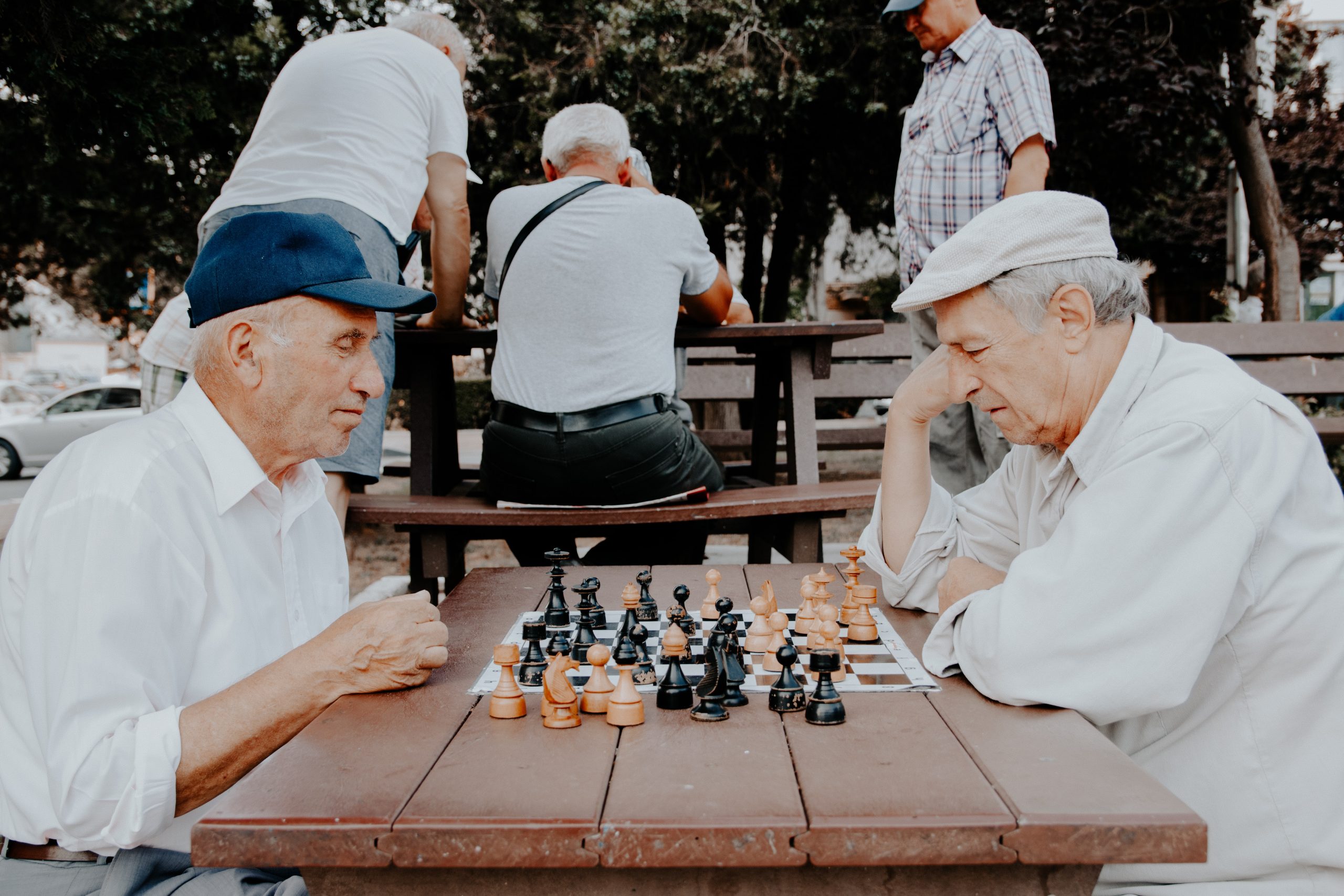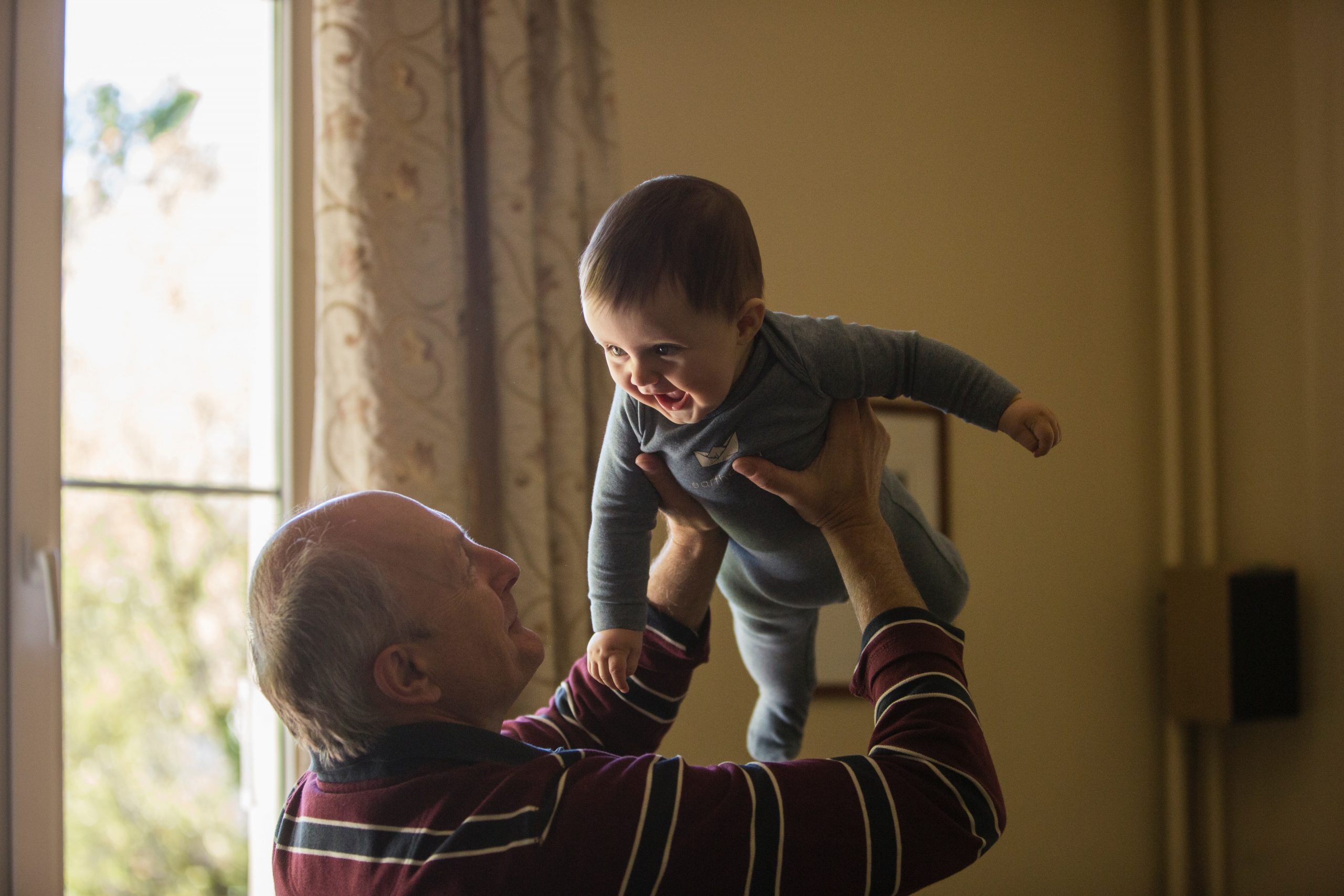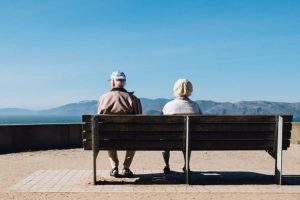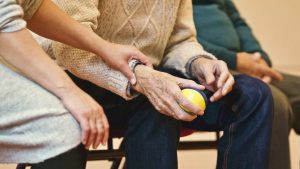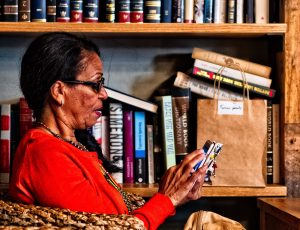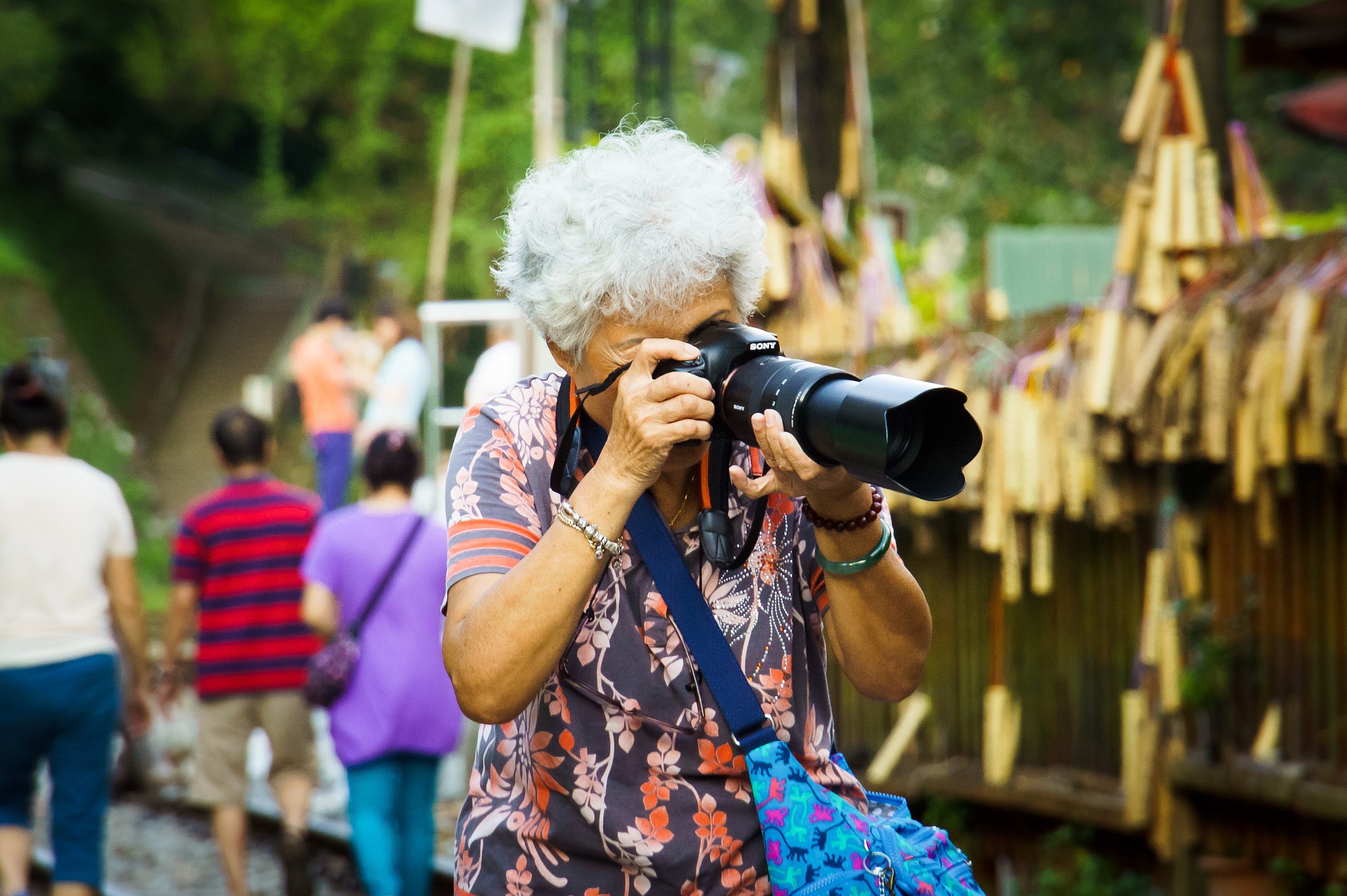
Throughout the world, highly advanced wearables and sensor devices are being used daily. Advancements in the field of science and technology give rise to more effective tools for disease prevention and recovery. TeNDER (affecTive basEd iNtegrateD carE for betteR Quality of Life), funded by Horizon 2020, has developed a sensor-based system to increase the autonomy of patients and improve their health and wellbeing.
The focus of this integrated care model is to support individuals who are impaired in their day-to-day activities due to chronic diseases or multi-morbidities: patients with Parkinson’s disease, Alzheimer’s disease or similar dementias, or cardiovascular diseases (CVDs).
The term CVDs includes heart and blood vessel-related occurrences. Besides atherosclerosis (fatty deposit in the arteries), there exists a risk of blood clots or damage to arteries, which often result in high blood pressure, coronary heart disease, peripheral arterial and aortic diseases, or strokes [1].
A stroke occurs through the rupture or blockage of an artery that carries oxygen and nutrients to the brain. Due to the resulting lack of oxygen, damage to the brain occurs. As the brain is a complex organ, controlling various body functions, a stroke can cause body disabilities, like paralysis or spasticity (permanent stiffened or tightened muscles, preventing normal fluid movement), or may even lead to death.
According to the World Stroke Organization (WSO), in 2019, there were 80 million stroke survivors worldwide, and 50 million were left with acute or permanent disabilities [2] like sensorimotor deficits. About 80% of stroke survivors have a paresis (weakness, impairment, or partial loss of voluntary movement) of the upper limbs [3]. The loss of autonomy for these patients, in particular in self-determination, independence, and self-care [4], often leads to dependence on others. Each stroke patient and his or her recovery process is unique and requires a full range of interdisciplinary rehabilitation to improve the person’s functions and daily activities. Research findings indicate that the burden of disabilities due to strokes will likely increase in the future [5].
Various information technologies and mobile health applications offer tools to identify or determine symptoms for detecting or preventing an acute stroke [6]. As technology has touched upon almost every aspect of our everyday lives, it is comprehensible that it is also adopted in stroke rehabilitation and daily life support. The development of additional assistive methods, especially after rehabilitation during daily life, would be of great value for both, the individual patient and the health system. Regained abilities and self-confidence influence the patients’ autonomy tremendously and facilitate the care of such patients respectively.
Many studies have already shown that health monitoring systems can give the elderly an increased sense of security as they can expect help more quickly and safely, e.g., in case of falling, and thus improve their quality of life [7]. Ambient sensors for contactless monitoring as a way to live more independently at home in a familiar environment are rated as useful by adults over the age of 60 [8] and can therefore also be considered for patients who have had a stroke. It enables patients to access a range of exercises to promote individual physical activity or to target emotional problems [6].
At this point, wearable activity trackers and smartphone technologies are widely available, however, we must not forget that elderly patients, as well as their family members and caregivers, can face stress when being introduced to new technological devices.
Seniors might express technology-related concerns in the beginning and the perceived benefits of technology could be abstract to them. According to recent studies, the acceptance of technology among older adults depends on several factors, whereby low familiarity, reduced access to technological devices, and lack of trust in technology are important barriers [9, 10].
Factors that play a role in the phase of implementing technological devices are diverse: on the one hand, concerns such as assumed high costs, privacy concerns, the conspicuousness of the devices, and lack of user-friendliness are expressed; on the other hand, the expected benefits such as an increased sense of security and increased independence in daily life are of great importance.
Therefore, supportive training and an appropriate learning environment during the first instruction of the devices, real-time feedback [11], and the unobtrusiveness of the devices to protect privacy, as well as reducing feelings of excessive observation and shame, are recommendations mentioned in the literature to increase acceptance [12]. The possible relief for relatives using new technology to support others or for their own support is also considered positively.
However, the feasibility and applicability of new technologies for people after experiencing a stroke are still unclear. Physical and mental impairments are seen as the biggest challenges for using new assistive technologies with people post-stroke. Therefore, the technology’s design should be adapted to individual cognitive and physical needs, especially to elder stroke patients with no experience in such technologies. Large displays, contrast, full colours, icons and fonts, less information per page, a logical and intuitive structure, and the integration of a panic button on, for example, a cell phone, are recommended product features [13].
All these factors are considered in the development of the new TeNDER system. A mobile app for patients and relatives as well as an online platform for caregivers and health and social professionals should shorten the ways of communication and improve the life of the patient in the long term.
The system will include services such as the monitoring of behaviour, mood, and vital parameters. It will offer personalised recommendations to the users, manage and optimise their time and assist with reminders for appointments or medication intake with the help of a personalised virtual or auditory assistant. In case of an abnormal event (fall) or abnormal activities, a responsible person could be informed about the situation, to ensure safety at home and provide quick support if needed.
The TeNDER system uses different tools, such as smart wristbands, security sensors in the user’s home, and depth sensors to detect the location and movement. All tools and sensors will be offered as possible options and can be customised to meet the needs of the individual user because, in the end, the most important point is the willingness of people to try such devices and to have the knowledge that it is in the user’s hands how to use it for their benefit.
Reference:
- Cardiovascular disease – NHS (www.nhs.uk), online [12.07.2021]
- World stroke Organization (WSO): Global Stroke Fact Sheet 2019; online [09.08.2021] https://www.world-stroke.org/assets/downloads/WSO_Fact-sheet_15.01.2020.pdf
- Knecht, Stefan & Hesse, Stefan & Oster, Peter. (2011). Rehabilitation After Stroke. Deutsches Ärzteblatt international. 600-6.
- Proot IM, Crebolder HF, Abu-Saad HH, Macor TH, Ter Meulen RH. Stroke patients’ needs and experiences regarding autonomy at discharge from nursing home. Patient Educ Couns. 2000 Oct-Nov;41(3):275-83. doi: 10.1016/s0738-3991(99)00113-5. PMID: 11042430.
- Busch MA, Kuhnert R. 12-Monats-Prävalenz einer koronaren Herzkrankheit in Deutschland. Journal of Health Monitoring 2017; 2: 64–69
- Kennedy, N. (2019) The role technology can play in the future of stroke recovery (rte. ie), online [12.07.2021]
- Alwan, Majd & Leachtenauer, Jon & Dalal, S. & Mack, David & Kell, S. & Turner, B. & Felder, Robin. (2006). Psychosocial Impact of Monitoring Technology in Assisted Living: A Pilot Study. 2. 998 – 1002.
- Claes, V., Devriendt, E., Tournoy, J., and Milisen, K. (2015). Attitudes and perceptions of adults of 60 years and older toward in-home monitoring of the activities of daily living with contactless sensors: an explorative study. Int. J. Nurs. Stud. 52, 134–148.
- Fischer, S. H., David, D., Crotty, B. H., Dierks, M., and Safran, C. (2014). Acceptance and use of health information technology by community-dwelling elders. Int. J. Med. Inform. 83, 624–635.
- Yusif, S., Soar, J., and Hafeez-Baig, A. (2016). Older people, assistive technologies, and the barriers to adoption: a systematic review. Int. J. Med. Inform. 94, 112–116.
- Thilarajah, S., Clark, R., & Williams, G. (2016). Wearable sensors and Mobile Health (mHealth) technologies to assess and promote physical activity in stroke: A narrative review. Brain Impairment, 17(1), 34-42. doi:10.1017/BrImp.2016.1
- Kuerbis, Alexis & Mulliken, Adina & Muench, Frederick & Moore, Alison & Gardner, Daniel. (2017). Older adults and mobile technology: Factors that enhance and inhibit utilization in the context of behavioral health. Mental Health and Addiction Research. 2.
- Alshahrani, A., Stewart, D., and MacLure, K. (2019). A systematic review of the adoption and acceptance of eHealth in Saudi Arabia: views of multiple stakeholders. Int. J. Med. Inform. 128, 7–17.


